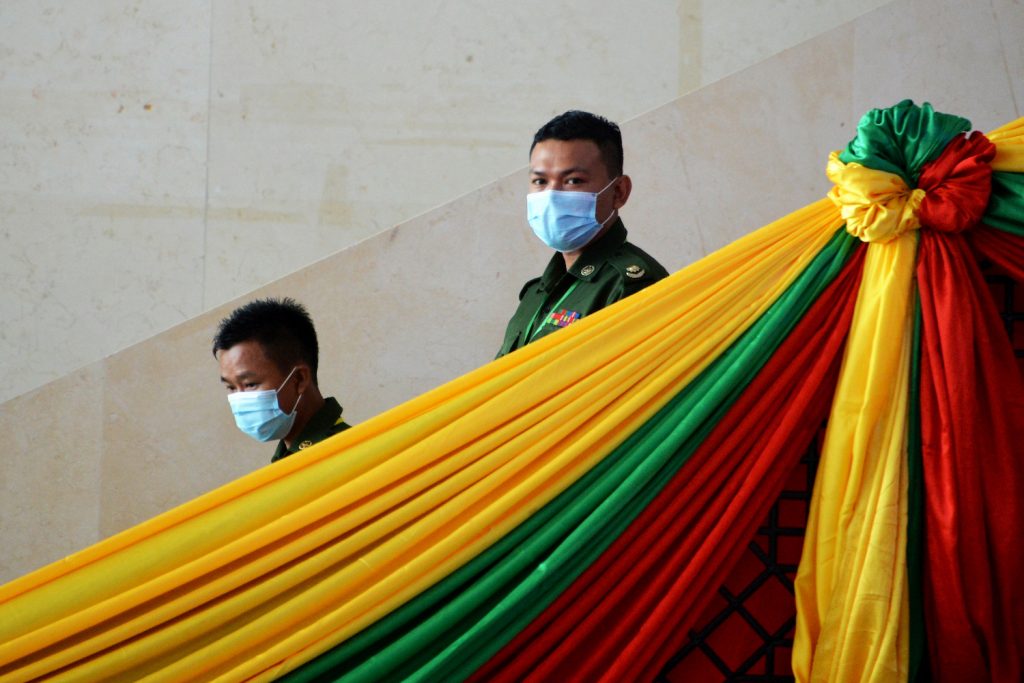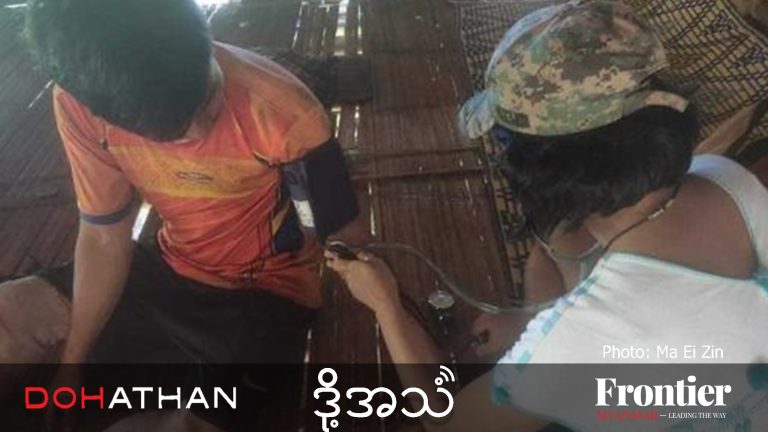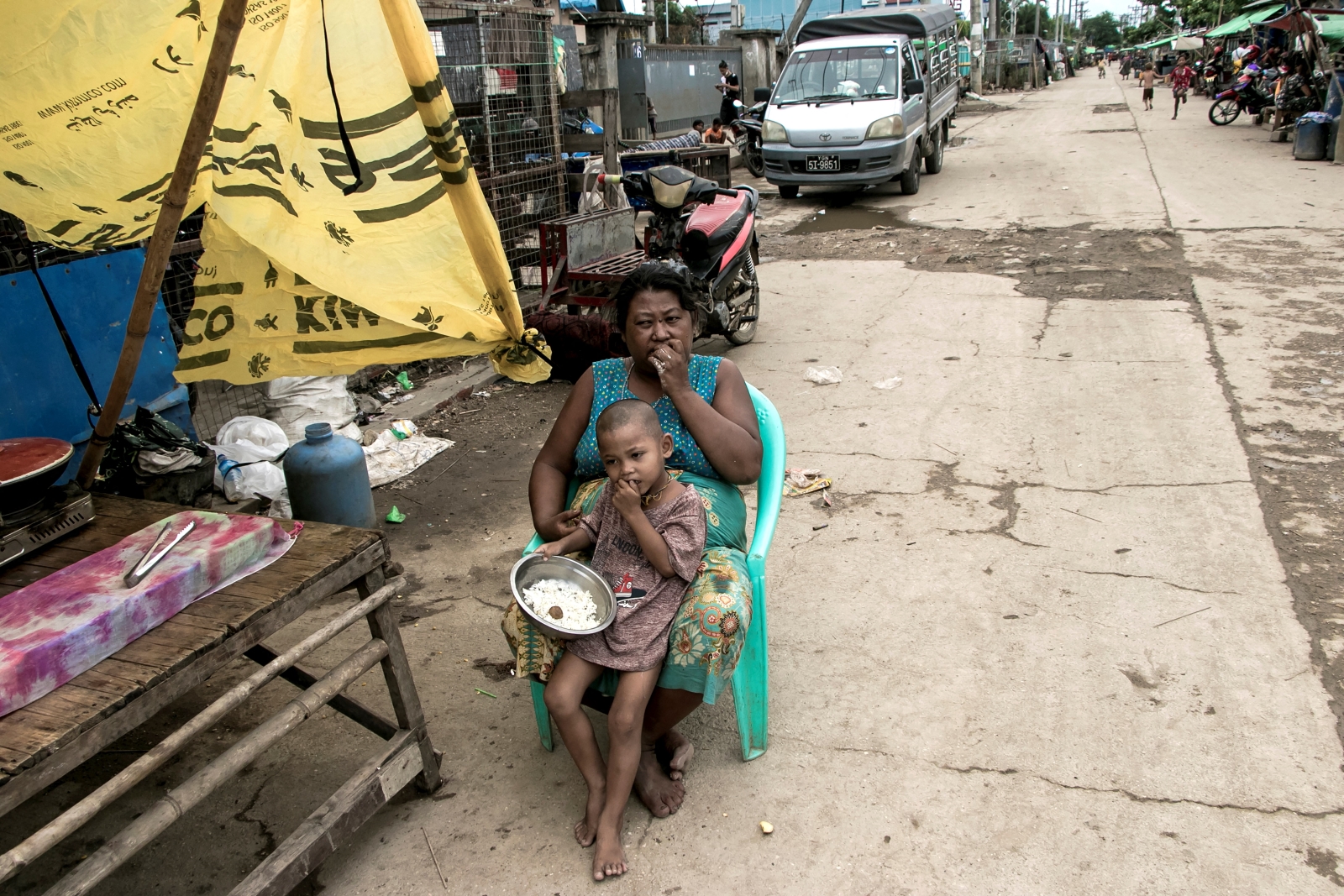In an effort to reach a deal before the election, negotiators have neglected one of the most important issues in the peace process.
By AUNG NAING OO | FRONTIER
At the start of this year, formal peace negotiations resumed following a prolonged deadlock. Undeterred by the emergence of COVID-19, the government and ethnic armed groups engaged in a series of difficult negotiations geared towards holding a fourth session of the 21st Century Panglong Union Peace Conference. After some delays, the Panglong conference was held from August 19-21 – the first such meeting since July 2018, and the last before the November election.
The primary focus of the Union Peace Conference is to reach agreements on elements that are incorporated into the Union Accord, which will form the basis of constitutional amendments aimed at establishing federalism in Myanmar.
The deadlock in talks during 2019 and the looming election created time constraints for all sides, so negotiators decided to reach agreements on the broad principles of federalism rather than specific details. This was an understandable strategic decision that all parties made well before talks resumed. It enabled participants to sign off on a three-part agreement at last month’s Union Peace Conference, and this has already been ratified by parliament.
However, this mutually agreed upon formula left out an important part of the peace negotiations: security issues, particularly the future composition of the Tatmadaw in a federal union and how to accommodate non-state armed groups. In Myanmar, the term generally used is “security reintegration” – although the issue is so thorny that it has not been defined clearly yet.
None of the agreements signed last month contained anything significant about security integration. The only real mention of security in Part 3 of the Union Accord was to initiate “discussions on work programs, the bilaterally agreed preparatory undertakings, and the formation of a mechanism for security reconciliations”.
That is not to say security integration was ignored completely. Another agreement that emerged from the Union Peace Conference – to begin discussions on chapters 3 and 4 of the NCA in order to deal with problems regarding ceasefire monitoring – may bring about progress on the issue in the future. There was also a call for negotiations on security issues to take place in parallel with political negotiations, which was based on the concern from some participants that security issues would not be taken as seriously as political dialogue in future negotiations.
Under the circumstances, negotiators on both sides may have had little alternative but to put off security issues: they had to work with the opportunities that were available so that the peace process could continue. But security is as important to the peace process as anything else being discussed – even an issue like secession. No other issue is more likely to bring talks to a grinding halt than security, and now that the Union Peace Conference has concluded the focus should return to security reintegration.
The problem is that, as in many other conflict and post-conflict countries, security-related issues are among the most sensitive and controversial in Myanmar’s peace process. There appear to be irreconcilable differences in the positions on both sides, and so far very little time has been allocated to discussing these positions.
Just agreeing on a word to describe these discussions was difficult. Disarmament, demobilisation and reintegration, or DDR, is a widely used term internationally. Ethnic armed groups do not like the word “disarmament”, however – instead, they prefer the expression “security sector reform”, but the Tatmadaw prefers DDR. During Nationwide Ceasefire Agreement negotiations, they agreed to use the catch-all term “security reintegration” instead, but it was never defined.
Although several negotiating sessions on security reintegration were held before the deadlock began in 2018, they took place without an established agenda. Discussions were all over the place – they were neither well organised nor well structured.
Initially, the main theme that emerged from formal and informal security dialogues before the deadlock was the idea of “a single unified army”, but the views of ethnic armed groups have diverged from this in recent years. Instead, they have begun floating the idea of a Union army that includes more distinct ethnic components. Still, none of these ideas have much detail or specificity to them.
The prolonged deadlock from late 2018 created time constraints: negotiators felt they needed to reach agreements before the election season got underway. When talks resumed at the start of this year, priority was understandably given to political negotiations concerning federalism. As a result, negotiators have not even been able to establish an agenda on security reintegration, let alone bring about any tangible results.
There are differing views on whether security issues should really be raised at this time. While acknowledging that they are critical to the peace process, some argue that focusing on security integration now will likely bog down negotiations.
Some have suggested that new, more neutral terms be coined to address the issues of disarmament and security sector development to allay fears on all sides. This might help, but to overcome the sensitivities all sides must undertake strategic confidence-building initiatives and regular informal talks. Without these, any formal negotiations will quickly hit roadblocks.
Perhaps most important of all, though, is an agreed-upon definition of security reintegration tailored to Myanmar’s context. Maybe the best way to reach this is to follow the approach at the recent Union Peace Conference toward federal principles – start broad and then dig into the details. Such an approach would allow negotiators to come up with an established agenda and formula for negotiations. Once the basic principles are negotiated, all sides can discuss practicalities such as sequencing, scheduling and timeframe in regard to the implementation.
Amid the recent flurry of negotiations, security reintegration remains missing in action. I hope these suggestions may be useful for pursuing security negotiations in the near future.







